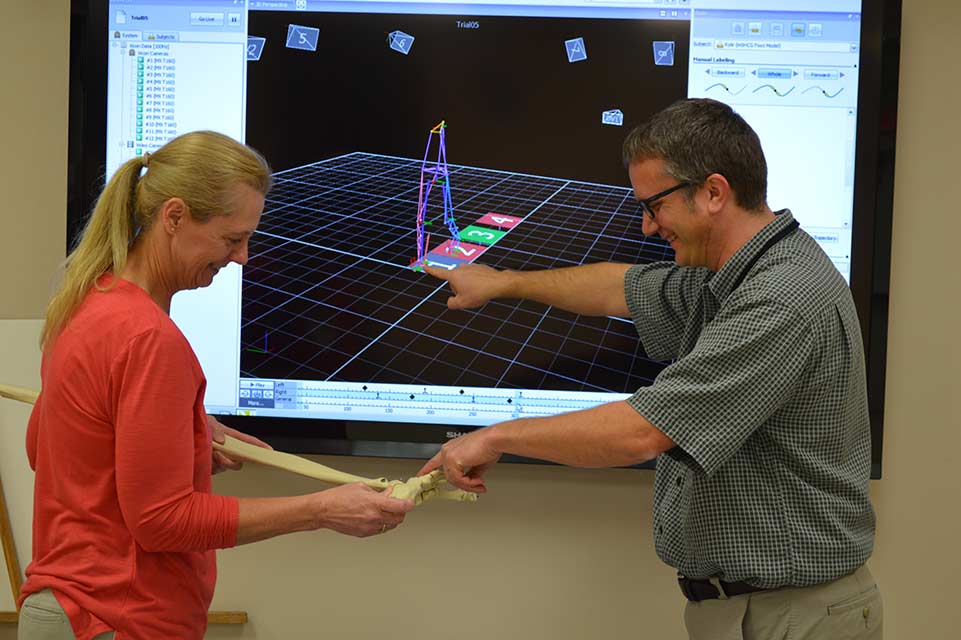Shriners Children’s Spokane Cerebral Palsy Study Assesses Spasticity Treatments
In a collaborative effort, Shriners Children’s Spokane, along with Shriners Children’s Salt Lake City and Gillette Children’s Specialty Healthcare, revealed the results of an in-depth cerebral palsy research study.
The study looked at the long-term effects of spasticity in cerebral palsy patients who received a selective dorsal rhizotomy (SDR) in childhood versus patients who were treated with other therapies. The study allowed specialists to compare a variety of outcomes like quality of life and movement.
The SDR is a spinal operation used with the intention of reducing leg spasticity and improving walking for children living with cerebral palsy.
The study compiled more than two decades of data studying 75 participants from 20 states and Canada. Twenty patients came from Shriners Children’s Spokane, 20 from Shriners Children’s Salt Lake City and 35 from Gillette Children’s in St. Paul, Minnesota. It represents the largest long-term cohort study to assess spasticity in cerebral palsy patients to date.
Participants were split into groups based on the treatments they received as children. Patients from Gillette Children’s underwent the SDR procedure in childhood, followed by physical therapy and orthopedic surgery. Patients at Shriners Children’s locations did not undergo the surgery and opted for other treatments including physical therapy and orthopedic surgery.
Starting in 2017, specialists began compiling their information. They reviewed data as far back as 25 years from young cerebral palsy patients. Then, the patients were brought back for follow-up studies in adulthood at the average age of 26.
Results were recently published in the journal Developmental Medicine and Child Neurology.
The results suggest there was minimal impacts of the SDR procedure on patients’ gait, energy consumption and function.
For both patients who underwent the SDR procedure and those who did not, the study found strength and walking energy improved into adulthood. It also found spasticity-related pain and stiffness was low for both groups as the patients aged.
The study showed there was no difference between the groups in their gross motor function. However, the study revealed slight improvements in walking speed and no spasticity in patients who underwent the procedure.
The data revealed untreated spasticity did not cause meaningful impairments in cerebral palsy patients in young adulthood. Overall, the study showed quality of life and participation were high for both groups.
Shriners Children's provides individualized specialty care for children with all types of cerebral palsy.

Specialists working in the motion analysis center at Shriners Children's Spokane.
Keep In Touch
Join our mailing list to stay up to date on everything that's happening at Shriners Children's.
